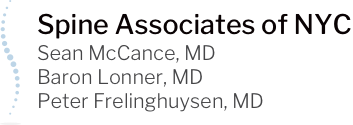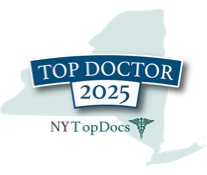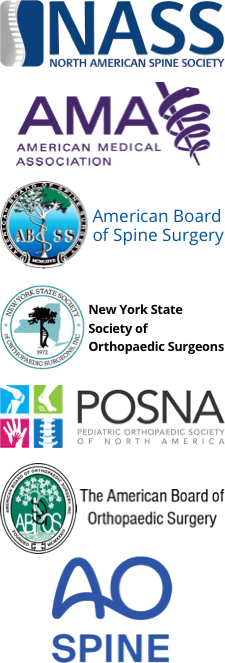
If you’ve been paying attention to the news—and even if you haven’t—you know that an outbreak of the Ebola virus has been ravaging West Africa since August and, in recent weeks, has made its way to Spain and the United States. After approximately 10,000 cases and nearly 4,000 deaths in Liberia, Guinea, Sierra Leone, Senegal, Nigeria, the Democratic Republic of the Congo, plus two in Spain, one in Germany and one in the United States, there’s a lot of concern about what comes next. Of course, it all sounds scary, but this isn’t quite the dire situation of disaster movies.
First discovered near the Ebola River in what is now the Democratic Republic of the Congo in 1976, the virus causing the current outbreak is one of five known strains. It is unclear where the virus originated or how exactly it spreads, but we believe the virus was probably transferred to humans by bats. The virus can only be spread by direct contact from person to person once symptoms have started. The virus is not thought to be spread by airborne mechanisms, but only by direct contact with bodily fluids.
Outbreaks of Ebola have affected areas of West Africa sporadically since the late 1970s, and while researchers are still working on a cure and a vaccine, the disease is treatable. Symptoms of Ebola include fever greater than 101.5 degrees, severe headache, muscle and abdominal pain, weakness, vomiting, diarrhea, and unexplained bleeding or bruising. These symptoms can appear anywhere from two to 21 days after exposure, but generally show up within 10 days. Those who recover from disease develop antibodies that protect them for at least ten years following their illness; it’s possible, though not known for certain, that the protection lasts a lifetime. With no proven vaccine or antiviral treatment for the Ebola virus, clinicians rely on treating the symptoms by providing intravenous fluids, monitoring oxygen levels and blood pressure and treating other infections as they come.
The case of American doctor Kent Brantly offers hope for an imminent cure. Brantly contracted the virus while working as the medical director of the Samaritan’s Purse Ebola Center in Monrovia, Liberia. He was cured with the experimental drug ZMapp, a cocktail of three so-called monoclonal antibodies designed to bind to and neutralize the virus, and has since returned to the United States. His blood samples have been given to two other Americans receiving treatment for Ebola with the hope that they develop the same antibodies he has. For Liberian citizen Thomas Eric Duncan, the outcome wasn’t as positive. Duncan, who traveled to Texas to rekindle a lost love, was the first Ebola death in the United States. To aid the CDC’s search for a cure, Facebook founder Mark Zuckerberg and wife Priscilla Chan donated $25 million, a month after Microsoft co-founder Paul Allen donated $9 million.
Even with news of Duncan’s death, there still isn’t an immediate threat to those in the U.S., not even in a city as global as New York. The United States isn’t facing anything like what has devastated communities in West Africa, largely because of access to clean water and proper waste disposal. Health officials have put systems in place to arm doctors against the disease; they know the right questions to ask (Duncan may have been saved, had doctors known what to look for), and 911 dispatchers have clear instructions for handling what might be a potential case of Ebola. More efficient screening has been developed so that hospitals can access Ebola screening results the same day.
Remember, Ebola is not airborne like the virus that causes measles, and the virus won’t survive a cleaning with common alcohol-based cleaning products. Be sure to wash your hands thoroughly before eating or touching your face, nose or eyes. Stay healthy out there this season.










